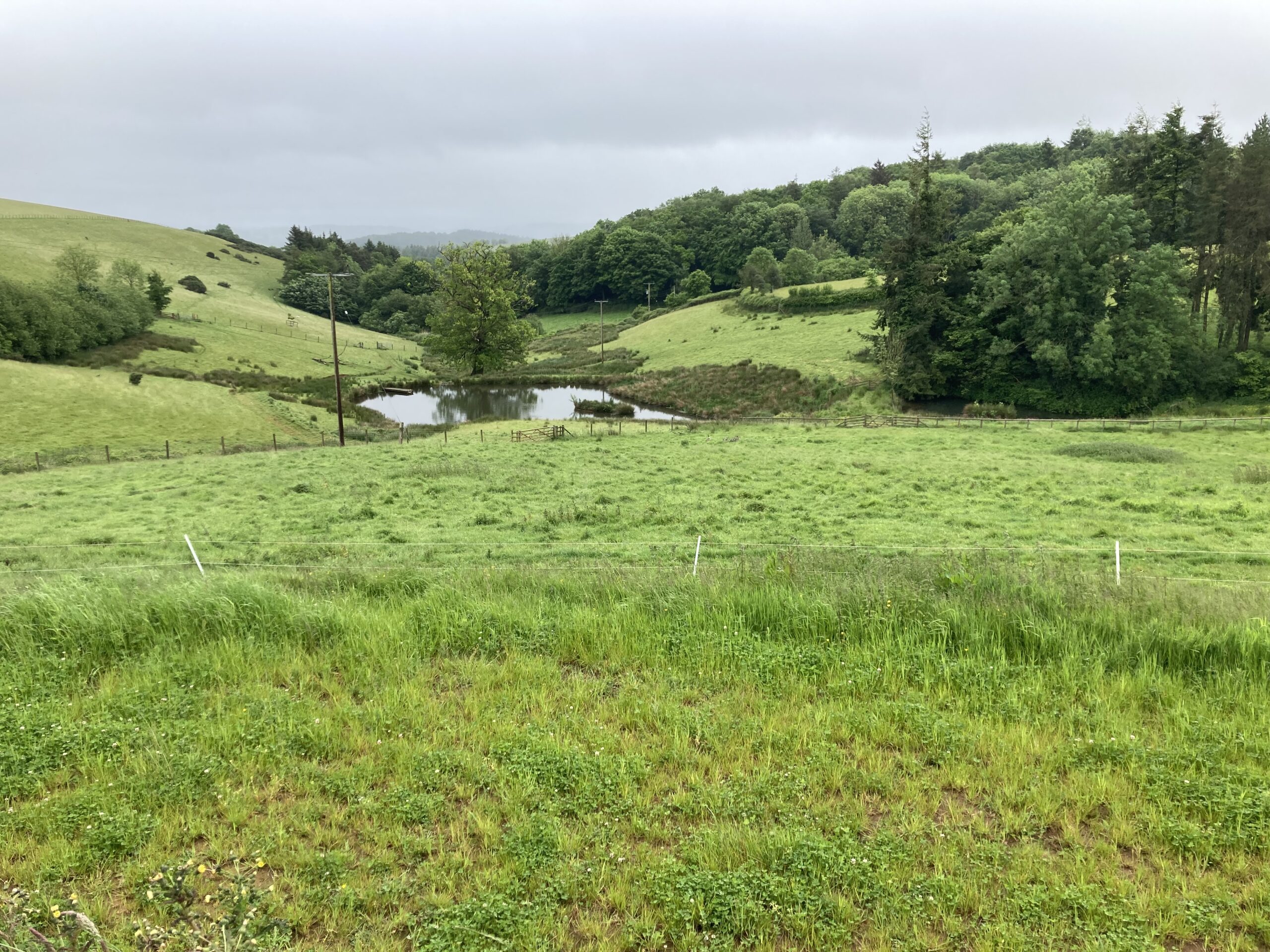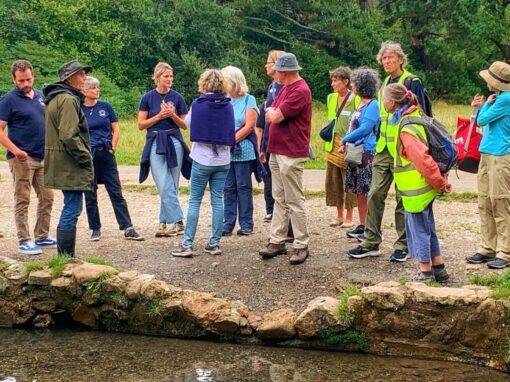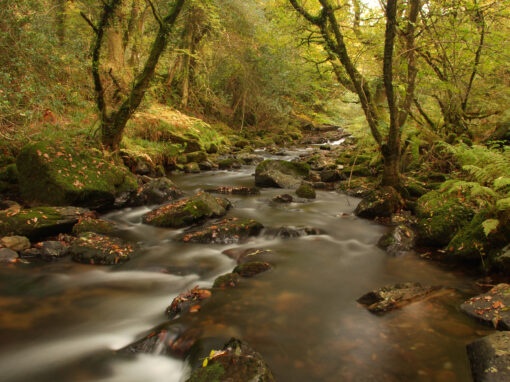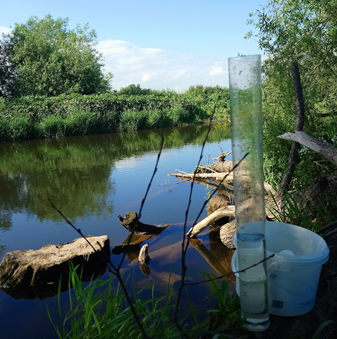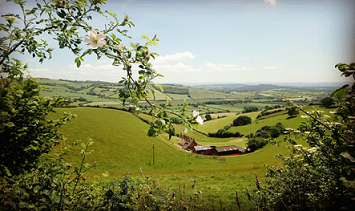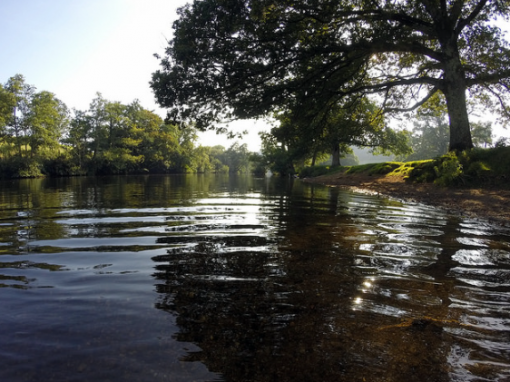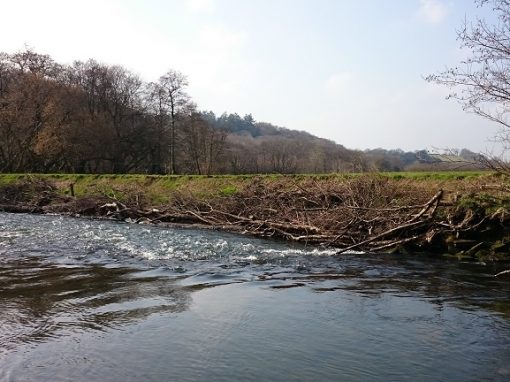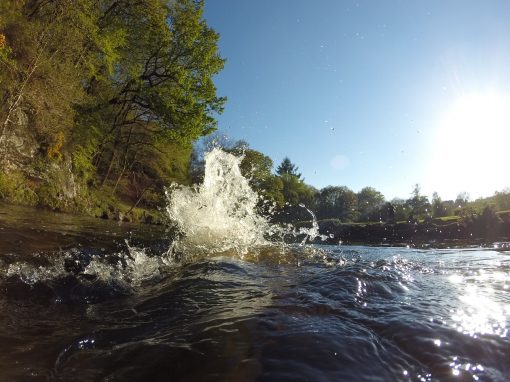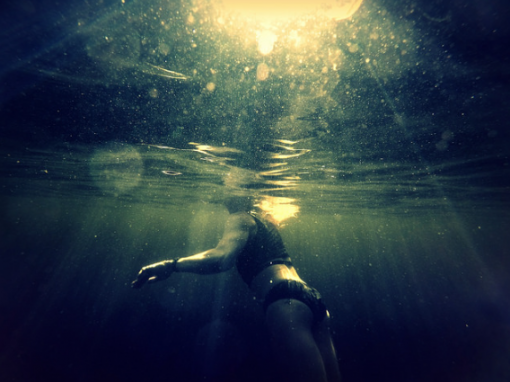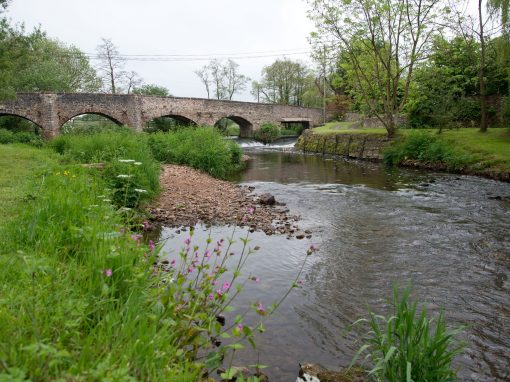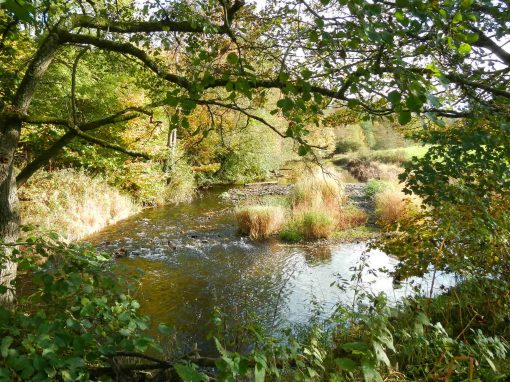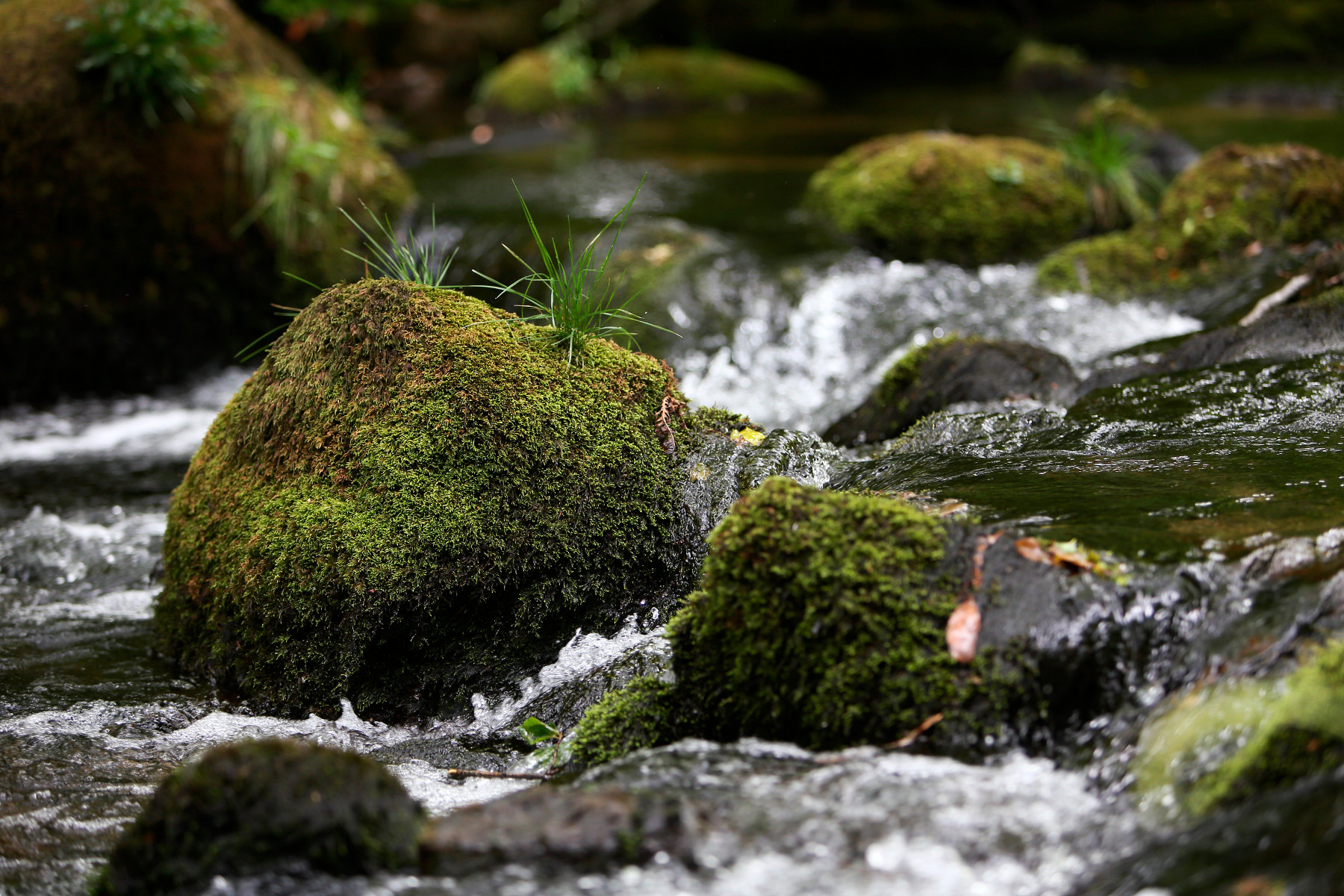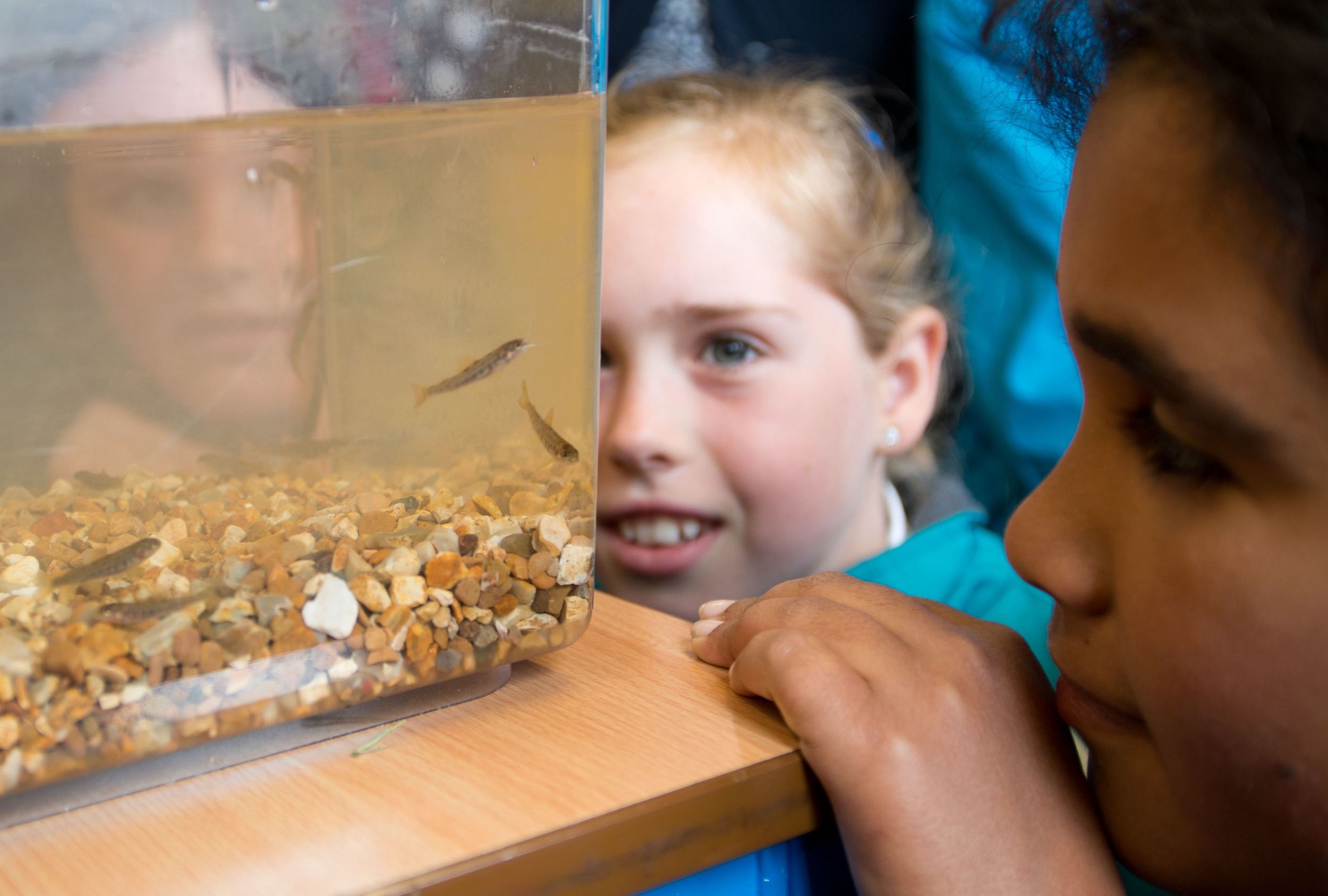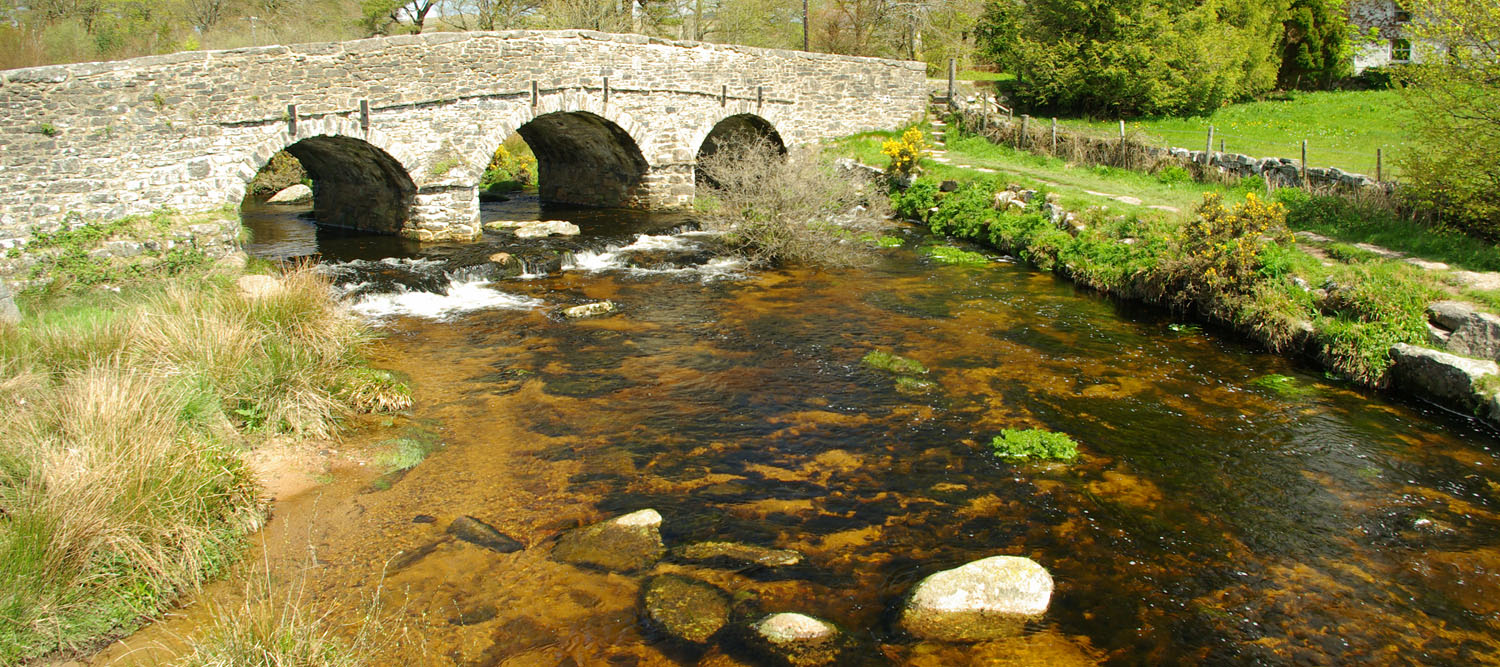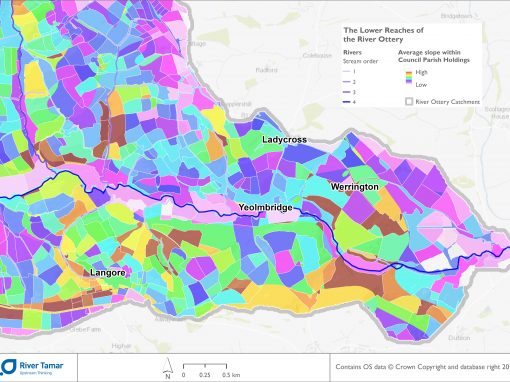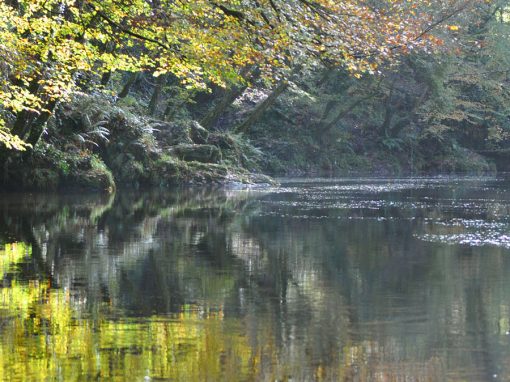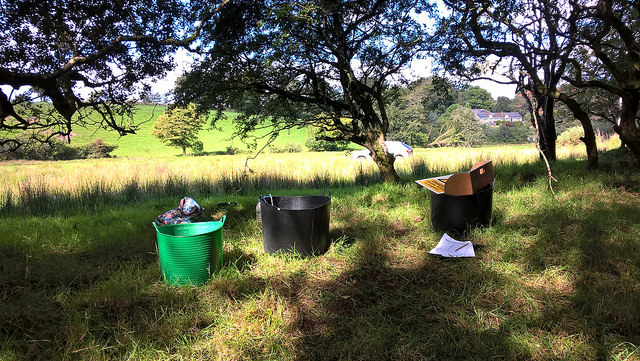–
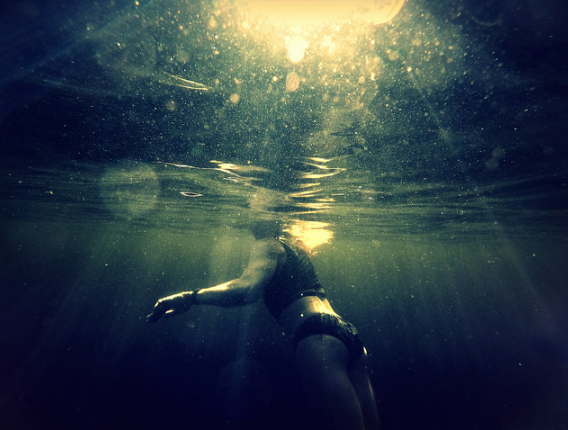
A River Story by Chris Popham
Image@ Chris Popham
Dip into the Dart
In the final of three river stories, we hear from wild swimmer Chris Popham as he recounts the beautiful scenery he has witnessed along the River Dart.
Spitchwick is a summer place drawing in the picnic hungry visitors who carpet the grass and plunge into the deep water under the cliff, but I am drawn downstream to a mystery two mile stretch of river visited only by canoeists and swimmers. Here the high, tree mantled valley sides lean in over pool after pool including Lover’s Leap and I always feel a slight sense of illicit anticipation approaching this spot.The pool opens up where the river is turned aside around a cliff of sandstone from which dwarfed oak trees lean precariously over the water.
Find out more about the work of Westcountry Rivers Trust...
The water is not deep but is always dark and mysterious as the trees contrive to permanently cut out the sunshine. Riding the current from the shallows, the river hurls itself at the cliff, turning aside only when a pile up seems inevitable and with a little nudge it is possible to slip out of the flow and ride an endless eddy beside the sandy shore. Returning to the flow and finally the river rejoins the rest of the world where it shoots under the semicircular arch of Holne Bridge.
Seaweed drapes fallen tree branches just below the weir and by degrees the water becomes more salty with a pronounced shift from fresh to salt under the new bridge.
Beyond Hembury Woods the river is robbed of its rapid strewn downhill rush and the banks are in many places instead wide floodplains where sheep and cattle chew as the unregarded swimmer floats by. However, Dartmoor is ever present, revealed where the river cuts away at the banks and dislodges rounded granite boulders as big as sheep or as big as cows in the biggest winter spates. Swimming is best in autumn when the river level is running low and the water seems to flow like treacle compared to its moorland exuberance, almost as if the river itself does not want to take the final drop over Totnes Weir.
In the summer months salmon and sea trout are plentiful and every once in a while they become a meal for an otter that leaves only the head and tail, but more often only footprints in the freshly smoothed sand after a flood. Only twice have I seen the real thing. Once a flitting shape amongst the willows behind Buckfast Abbey and then just recently further upstream. After swimming there is always a moment to watch the ever changing interplay of sunlight on cascading water and in that stillness an otter trotted out from the tree lined back, over a finger of rocks and then insinuated itself into the dark water without a splash.
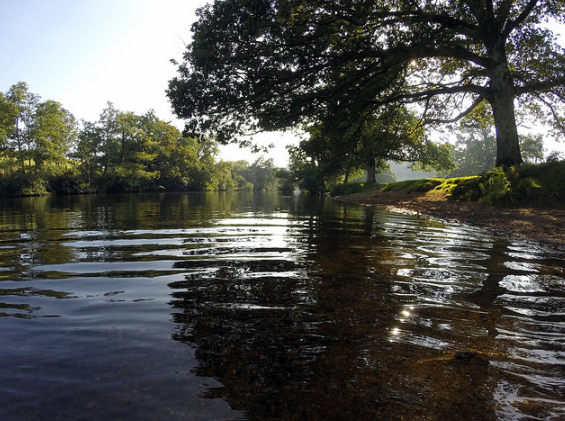
Image: Chris Popham
From the weir to the sea is as yet another ten miles, but the presence of the sea can be felt instantly. Seaweed drapes fallen tree branches just below the weir and by degrees the water becomes more salty with a pronounced shift from fresh to salt under the new bridge. A seal can often be seen as far up river as Totnes Weir and has been known to shadow swimmers for miles down past Sharpham and Dittisham leading to a certain sense of unease.
There can be few rivers that, within such a relatively short run, offer as wide a diversity of scenery, flora and fauna as the River Dart and I can think of no better way to be part of that landscape than to slide into water and to truly become immersed in the experience.
The Trust is keen to promote access to our rivers in all shapes and forms as it strongly believes if you can’t access a river, you can’t enjoy it and if you can’t enjoy it, you are less likely to want to protect it. However, this should be with the permission of the landowner as there is no general legal right of access.
Activities at single points, like wild swimming, fishing or playing in the river, are a great way to experience this environment and, when done with landowner permission and in sympathy to nature (i.e. following the countryside code), are a great way to enjoy this amazing habitat. Where there are open access agreements (such as the moors) this is relatively straight forward but outside of open access land, and above the tidal limit, access to rivers needs landowner permission. If you are fishing you also require a rod license alongside the beat owner’s permission.
Access along the length of the river, whether canoeing or wild swimming, requires permission by the owners of each section. In places, there are agreements between several owners to allow access over longer sections and the Trust is keen to help negotiate and promote permissive access where possible and in-line with best environmental practice. Below the tidal limit there is open navigation rights into the marine environment so other than permission to use the slipways and portage points wider landowner permission is not needed.
Other Westcountry River Stories
